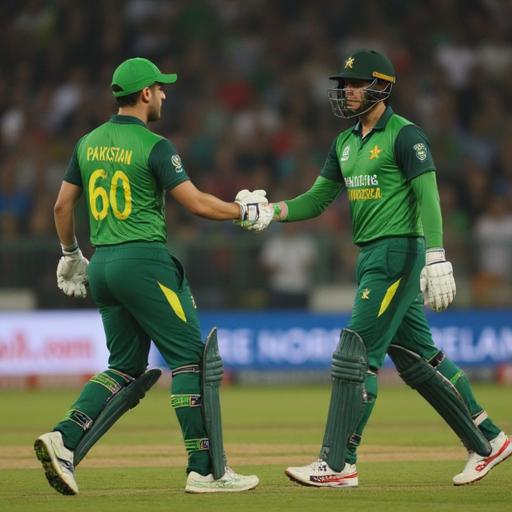Understanding the Pak Nanga Mujra: A Cultural Exploration

Understanding the Pak Nanga Mujra: A Cultural Exploration
Ever heard of the Pak Nanga Mujra? This captivating dance form, steeped in centuries of tradition, might seem intriguing, yet shrouded in some mystery. This article delves into the cultural significance of the Pak Nanga Mujra, exploring its historical context, performance styles, and the potential for misinterpretation.
Unveiling the Dance Form
The Pak Nanga Mujra is a traditional Indian dance, particularly popular in certain regions of the country. It’s crucial to remember that “Pak Nanga” is not universally understood and can potentially carry meanings outside the intended context. Therefore, any discussion must approach the subject with sensitivity.
A Historical Perspective
This dance form, like many others in the Indian cultural landscape, evolved over time. Its origins are rooted in historical celebrations, social gatherings, and courtly entertainments. Understanding the historical context is crucial in appreciating the nuances of the dance’s meaning and significance within different societies.
Performance Styles and Interpretations
Recognizing that the Pak Nanga Mujra is a highly expressive dance form, it’s important to understand that varying interpretations can occur. Different performers may have their own unique approaches, adding depth to the cultural narrative. Learning about the dance through qualified and reputable sources is key to gaining an appropriate understanding.
Avoiding Misconceptions
The potential for misinterpretation is always present when discussing cultural practices. Approaching the Pak Nanga Mujra with sensitivity, seeking out reliable resources and engaging with appropriate individuals are essential. By doing so, one can better understand the rich cultural tapestry from which the dance stems.
Further Exploration
If you’re interested in learning more, exploring resources on Indian dance, history, and culture can be highly informative. Searching for reputable academic sources or contacting knowledgeable experts in the field of cultural studies can aid in your understanding. Remember, appreciating diverse cultural practices demands thoughtful consideration.
Important Note: This article strives to provide an informative overview of the Pak Nanga Mujra. It is crucial to remember that cultural understanding requires nuance, sensitivity, and an openness to diverse perspectives. Any misrepresentation or misinterpretation of this, or any other, cultural tradition should be avoided.